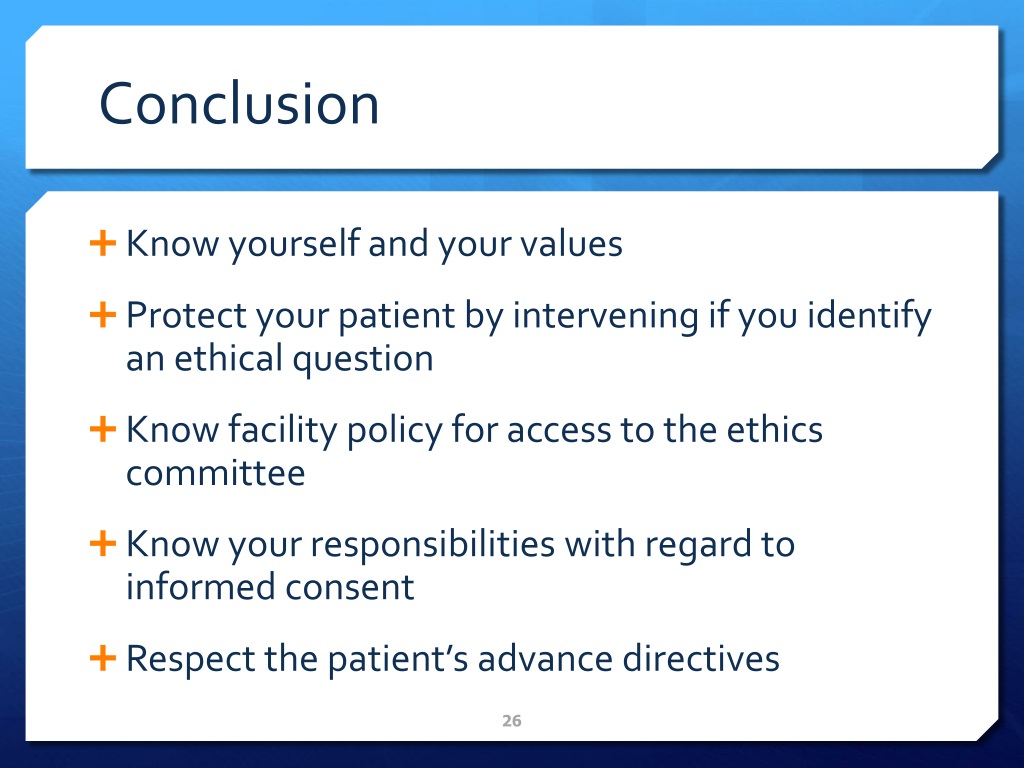

Titrating down the propofol dose when appropriate is critically important, as it validates the true intentions of the clinicians and is an excellent measure to demonstrate to the health care team as well as to the family that our intention is indeed to alleviate suffering and not to kill the patient. In my experience, the tendency during PST is to quickly escalate the propofol dose until the patient is comfortable, but clinicians are reluctant to reduce the dose periodically to test whether the effect may be achieved with a lower dose or may be discontinued altogether. The first emphasis would be on what is listed at the end of the algorithm in Figure 1: “Define outcome measures for assessing comfort and need to titrate or discontinue sedation”. They may be implied in the article, and even listed in the algorithm, but in my opinion merited more emphasis in the text. I therefore would highlight two additional practical points that in my experience have been critical when implementing PST. Even with thorough explanation during family care conferences, the distinction between PST and euthanasia was frequently misunderstood. Lantos is the most challenging concept for members of the health care team and the patient’s family to grasp. In my experience, the latter statement by Dr. In my many years of practice as a pediatric intensive care practitioner I thankfully only had to take part in a handful of PST cases. Lantos also correctly points out the challenge for all involved to internalize that concept: “That difference in intention may not seem like an adequate safeguard”. This concept, which is frequently referred to as the “Rule of Double-Effect” has been thoroughly studied in the Medical Ethics literature, and has been widely accepted by thought leaders in Medical Ethics, religious leaders and clinicians (2). It is acceptable to take the risk that PST will result in hastening the patient’s death because otherwise we would deprive her of pain relief. Johnson’s and Lantos’ comments namely, that the intention of the clinicians prescribing and administering PST is to relieve pain, not to kill the patient. The key concept that allows clinicians to use PST in these instances and distinguishes it from euthanasia is outlined by Drs.

The vignette and discussion highlight very well the complex issues surrounding care options for a suffering, dying child when no curative therapies are available, and provide practical recommendations for use of Palliative Sedation Therapy (PST). I read with great interest the excellent article by Liza-Marie Johnson et al (1) about Palliative Sedation with Propofol for an Adolescent with a DNR order.


 0 kommentar(er)
0 kommentar(er)
